Verbena is an unpretentious flowering plant. In its natural habitat it is represented by a variety of species: annual, perennial, herbaceous, in the form of a shrub, with erect and creeping stems...
| Content:
|
The ability of the plant to spread vines growing to the ground attracted the attention of breeders and made it possible to develop another variety - ampelous verbena. Today this flower is extremely popular and in demand, since growing ampelous verbena is a rewarding and not at all troublesome task.
Where can you use ampelous verbena?
The range of uses of ampelous verbena is enormous and depends only on the gardener’s imagination. She's good and how ground cover plant, and as a hanging flower, it is planted in open ground, on the balcony, in flowerpots and in a flower bed... When growing this flower, only two mandatory conditions must be met:
- Sunny place.
- Moderate watering.
Growing ampel verbena from seeds
To grow seedlings, seeds should be purchased in the store, since plants from collected seeds do not inherit the qualities of the mother flower. There are several nuances that need to be taken into account when planting:
- Seeds are planted no earlier than mid-March, as seedlings need a lot of light. Early sowing will not affect the flowering time, but will add hassle and expense to lighting.
- Many varieties require seed stratification. Information about this is usually indicated on the packaging. To stratify, you need to wrap the seeds in a damp cloth, put them in a plastic bag, and place them in the refrigerator for 4 to 5 days. After this, plant in warm soil. After 2–3 true leaves appear, the sprouts need to be planted into a separate cup and grown in a well-lit place before planting in the ground.
- Verbena seeds have such a hard shell that not every sprout is able to open it. If there are no recommendations for planting, then you should use the following method:
Sow and leave the container for one day at room temperature. For the next three days, during daylight hours, place the container with the crops on the radiator, placing a book or wooden board under it, and put it in the refrigerator at night. After such a reception, very friendly shoots appear.
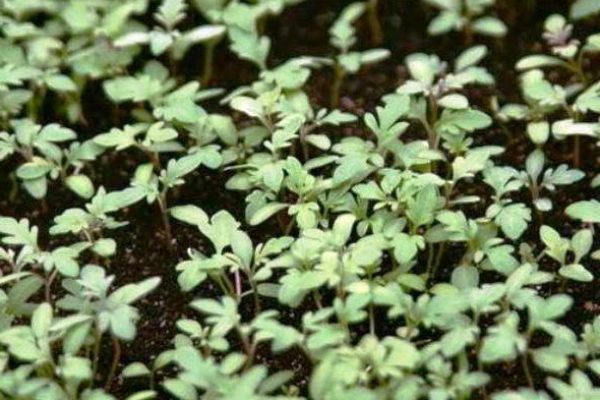
Growing verbena from seeds.
Seedling care is as follows:
- prepare nutrient soil of neutral acidity, ensure good drainage in each cup,
- pick the plants when 2–3 true leaves appear,
- carry out the first feeding two weeks after picking. A mineral complex fertilizer with a predominance of nitrogen is used to stimulate the growth of green mass,
- pinch the main shoot after 4–5 leaves. This technique will awaken the sleeping lateral buds, the bush will become lush, and subsequently bloom profusely,
- grow in good light, including lighting in the evenings and on cloudy days,
- watering - moderate, as there is a danger blackleg disease.
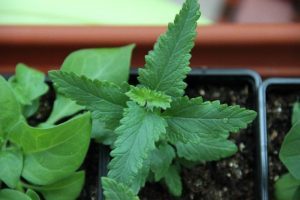 This is what a seedling looks like without pinching. |
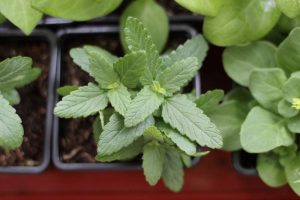 The seedling was pinched after 3 leaves |
Planting verbena
The time for planting ampelous verbena in open ground, in outdoor containers and flowerpots depends on the weather. In most regions, this is the 15th – 20th of May.
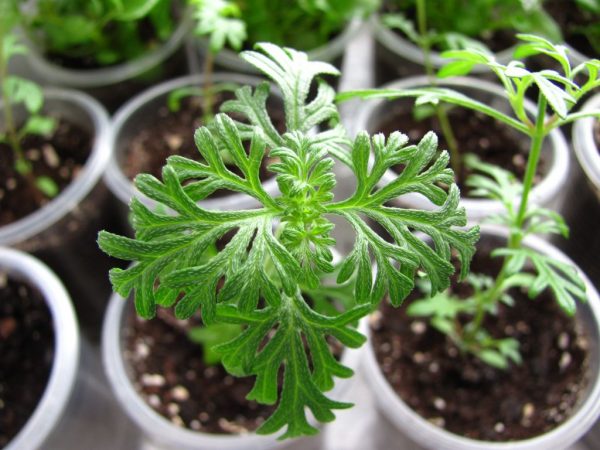
Transplanting seedlings into cups.
The sunniest place is given to this flower in the flowerbed, in the flowerpot, and on the balcony.
Verbena grows in loose, nutritious, neutral soils. Stagnant water has a bad effect on the development of the plant, so when planting it is necessary to create a drainage layer of gravel or pebbles under each bush.
If you plan to use ampelous verbena as a ground cover, then plant it at intervals of 25–35 cm.Subsequently, we pin the regrown lashes to the ground and sprinkle with soil. Additional roots are formed in this place. So one plant can fill a space of one square meter or more.
It is worth planting one root at a time in a pot due to the small volume of the container. The requirements for the composition of the soil and the presence of drainage are the same.
You can create entire compositions in flowerpots and balcony boxes. Verbena goes very well with all sun-loving flowers: geranium, nasturtium, petunia, bacopa and many others (photo 3)
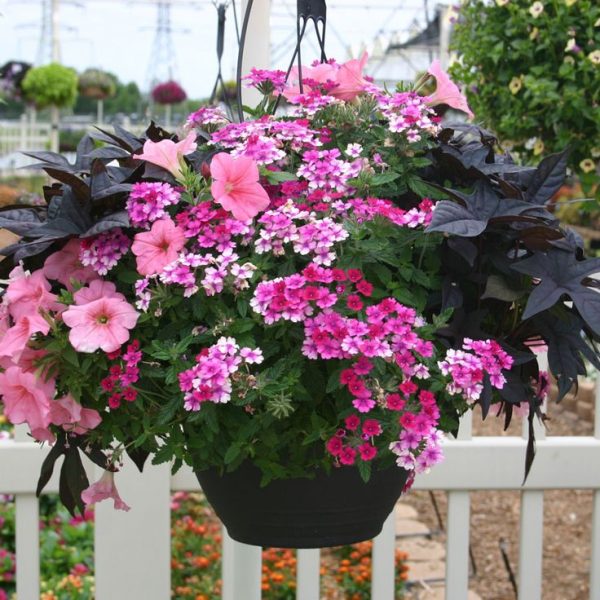
Photo 3. Ampelous verbena in a flowerpot.
Verbena care
Watering
Verbena does not require frequent watering. It is drought-resistant and unusually tenacious. Dried branches can be trimmed, the bush can be watered, fed, and it will turn into a blooming ball again.
Feeding
When grown in open ground, fertilizing is carried out 3–4 times per season. But the fertilizer is used with a minimum dose of nitrogen, otherwise the greenery will grow wildly and flowering will stop. Fresh manure cannot be used for the same reason.
In containers, flower pots, and balcony boxes, verbena is fed every two weeks. The requirements for fertilizers are the same.
Trims, pinches
Pinching provides the bush with a denser shape and a decorative appearance. Overgrown branches can be trimmed, and the cut material can be used to root cuttings.
Dried flowers must be removed; very quickly new buds will take their place.
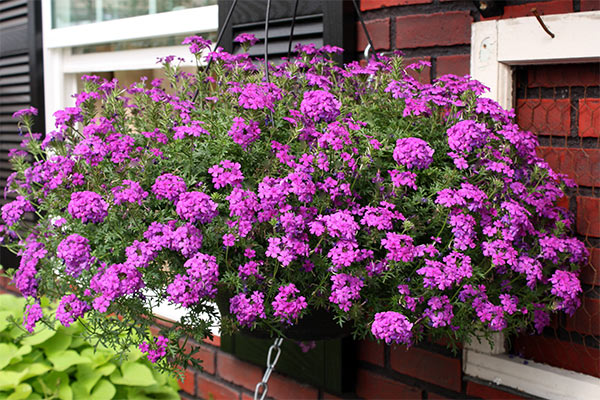
Plants in pots are fed much more often than in the ground.
Diseases and pests
The most dangerous diseases for verbena are: root rot and powdery mildew.
Root rot can affect seedlings if they are watered abundantly and kept in a cool window.Adult plants are affected by root rot in regions with high humidity or when watering and drainage requirements are violated. Often, a diseased flower cannot be saved. It should be removed, the soil should be allowed to dry, and the remaining plants should be watered with a solution of Fitosporin or Baikal EM - 1.
If signs of powdery mildew appear, watering should be reduced and the flowers should be sprayed with Raek, Chistotsvet, Skor, etc.
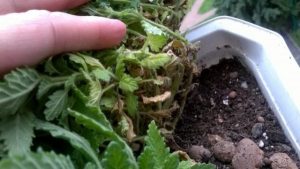 Root rot |
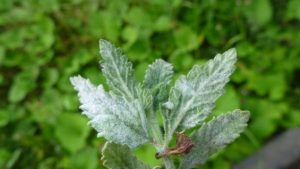 Powdery mildew |
Insects - pests dangerous to verbena - aphids and spider mites. To combat them, urgent measures are needed, since the defeat spreads with lightning speed.
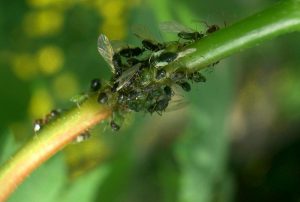 Aphid |
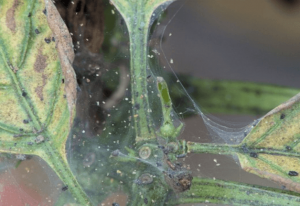 Spider mite. |
You can get rid of aphids using the drugs Biotlin, Actelik, Intavir. Spider mites are much more insidious. It will require repeated treatments with Akarin, Fitoverm, etc. You must act in strict accordance with the instructions.
How to Preserve Verbena in Winter
Verbena is not preserved for the winter for the purpose of prolonging flowering. The plant needs a period of rest.
The reasons for overwintering a bush are as follows:
- preserving the variety you like,
- providing material for propagation by cuttings,
- early flowering of an adult bush.
For wintering you need a bright room with a temperature no higher than +15 degrees. If the bush was planted in open ground, then before the onset of cold weather it needs to be cut off by more than half, dug up, transferred to a container and left indoors.
Ampelous verbena in a pot or flowerpot needs to be freed from neighboring flowers, trimmed, and transferred indoors in the same container.
Until the end of winter, plants need to be provided with a temperature of + 15 degrees, watered very moderately, shoots shortened, and flowers picked off.
In the last days of February, the preserved plants are transplanted into another container with fresh soil and good drainage. At the same time, you can divide the rhizomes and plant the cuttings. But the best method of propagation in this case is cuttings.
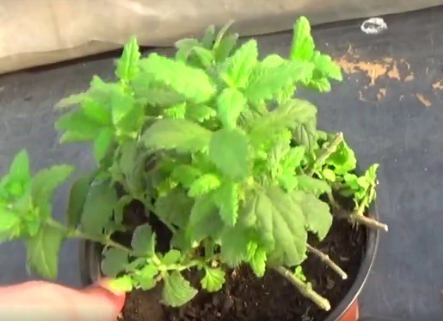
Verbena bush after wintering.
The plants are then placed in warm bright room, provide regular watering and fertilizing with complex mineral fertilizer with a higher dose of nitrogen. If there is not enough light, turn on additional lighting. Overgrown lashes must be shortened so that their tops can be used for rooting cuttings.
After the onset of stable heat, the plants are planted in permanent places. Overwintered bushes bloom much earlier than seedlings. This cycle can be carried out with one plant for five to eight years.
Ampelous verbena is extremely beautiful; many of its varieties have a pleasant aroma and medicinal properties. It is not capricious, easily gets along with other flowers, does not require close attention, and responds to minimal care with divine beauty.
Growing this flower at home is real happiness!
Continuation of the topic:
- Growing verbena from seeds at home
- Rules for planting verbena in open ground and caring for flowers in the garden
- The most popular and beautiful varieties of verbena
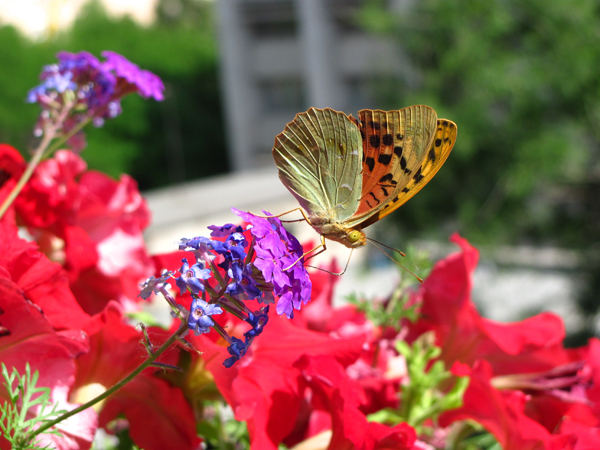
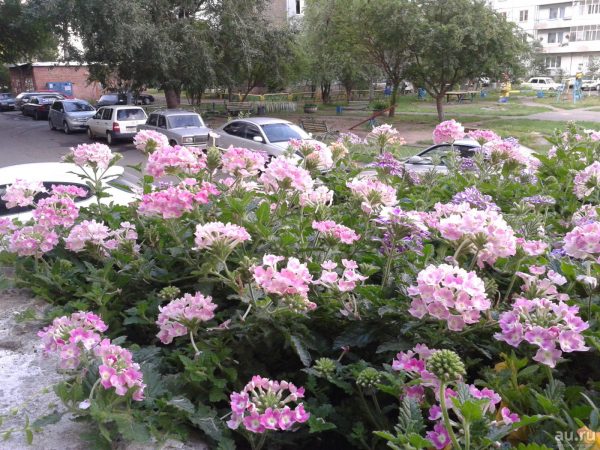
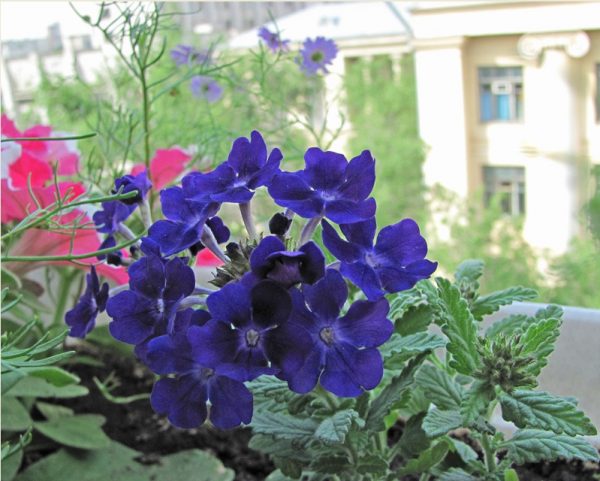
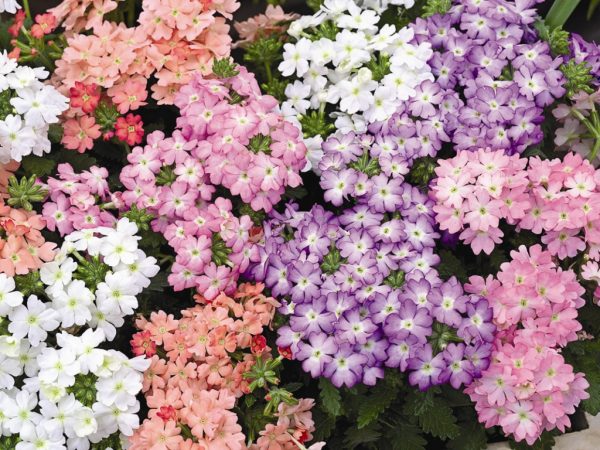

 CUCUMBERS NEVER GET SICK, I'VE BEEN USING ONLY THIS FOR 40 YEARS! I SHARE A SECRET WITH YOU, CUCUMBERS ARE LIKE THE PICTURE!
CUCUMBERS NEVER GET SICK, I'VE BEEN USING ONLY THIS FOR 40 YEARS! I SHARE A SECRET WITH YOU, CUCUMBERS ARE LIKE THE PICTURE! You can dig a bucket of potatoes from each bush. Do you think these are fairy tales? Watch the video
You can dig a bucket of potatoes from each bush. Do you think these are fairy tales? Watch the video
 How our fellow gardeners work in Korea. There is a lot to learn and just fun to watch.
How our fellow gardeners work in Korea. There is a lot to learn and just fun to watch. Eye trainer. The author claims that with daily viewing, vision is restored. They don't charge money for views.
Eye trainer. The author claims that with daily viewing, vision is restored. They don't charge money for views. A 3-ingredient cake recipe in 30 minutes is better than Napoleon. Simple and very tasty.
A 3-ingredient cake recipe in 30 minutes is better than Napoleon. Simple and very tasty. Therapeutic exercises for cervical osteochondrosis. A complete set of exercises.
Therapeutic exercises for cervical osteochondrosis. A complete set of exercises. Which indoor plants match your zodiac sign?
Which indoor plants match your zodiac sign? What about them? Excursion to German dachas.
What about them? Excursion to German dachas.